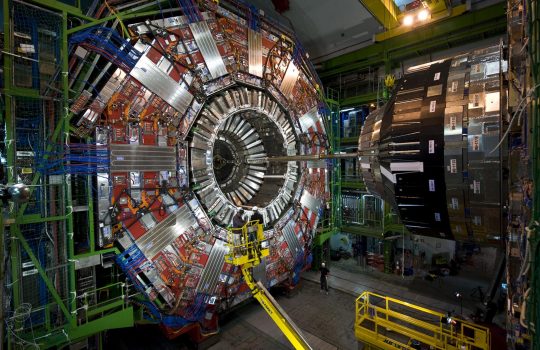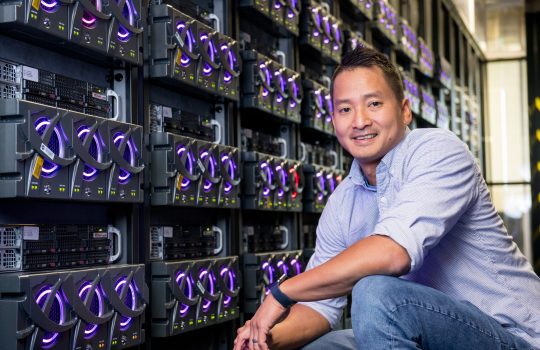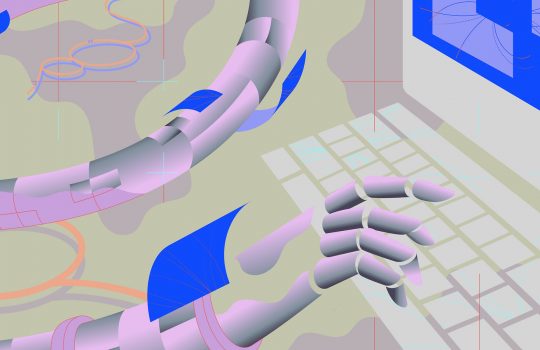Can a computer devise a theory of everything?
From The New York Times, Nov. 23, 2020: It might be possible, physicists say, but not anytime soon. And there’s no guarantee that we humans will understand the result. Fermilab Deputy Director of Research Joe Lykken is quoted in this piece on using artificial intelligence to discover laws of physics.



